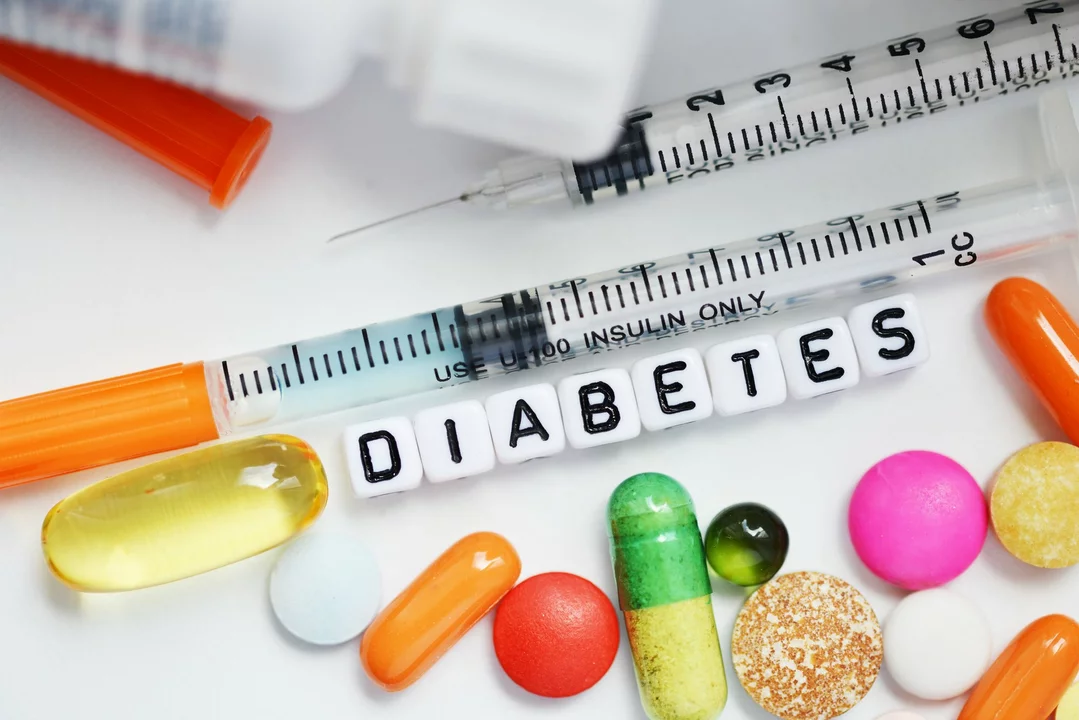Diabetes: Practical Tips to Manage Blood Sugar
If you have diabetes or care for someone who does, you want clear, useful steps—not a lecture. This page gives straightforward actions you can use today to keep blood sugar steadier, reduce risks, and feel better. No fluff, just practical tips you can try right away.
Know the basics and watch for symptoms
Diabetes means your body struggles to keep blood sugar in a safe range. Type 1 needs insulin every day. Type 2 often starts with lifestyle changes and pills, and may later need insulin. Gestational diabetes happens during pregnancy and needs close monitoring. Common signs to watch for: extra thirst, frequent peeing, tiredness, blurry vision, slow-healing cuts. If these pop up, get a glucose test or contact your doctor.
Ask your clinician about target numbers. A typical A1C goal is under 7% for many adults, but your target may be different depending on age and other health issues. Home glucose checks give immediate feedback: fasting, before meals, and 1–2 hours after meals are common times to test.
Daily habits that make a real difference
1) Eat with a plan. Focus on consistent meal times and portion control. Carbs matter most for blood sugar—try simple swaps: whole grains instead of white bread, fruit instead of sugary snacks, and add protein or fiber to slow blood sugar spikes.
2) Move every day. Short walks after meals lower post-meal blood sugar. Aim for 20–30 minutes most days. Strength training twice a week helps insulin work better.
3) Take meds as prescribed. Metformin is a common first drug for type 2; insulin is essential for type 1 and sometimes used in type 2. Don’t stop or change doses without talking to your provider. If you use insulin, learn how to match doses to meals and activity.
4) Watch for low blood sugar (hypoglycemia). Symptoms include sweating, shaking, dizziness, confusion. Keep quick carbs on hand—juice, glucose tablets, or candy—and follow your care team’s instructions for treating lows.
5) Routine checks matter. Get annual eye exams, a foot check, dental care, and kidney function tests. These catch problems early when they’re easier to treat.
6) Sleep and stress affect sugars. Poor sleep and chronic stress raise blood sugar. Small changes—consistent sleep times, breathing exercises, short walks—help more than you might think.
7) Know when to call for help. High ketones, persistent vomiting, severe shortness of breath, confusion, or blood sugar persistently above your target need prompt medical attention. For severe low blood sugar with loss of consciousness, call emergency services immediately.
Working with a care team—doctor, diabetes educator, dietitian—makes management simpler. Start small: pick one habit to improve this week, like a 10-minute walk after dinner or testing before and after one meal. Keep at it, track results, and adjust with your provider.
Want more specific guides, drug info, or user stories? Check our diabetes tags and articles here on Medisave.SU for practical how-tos and real-life tips.
As a patient dealing with diabetes, it's important for me to stay informed about medications that may affect my condition. Recently, I came across information about Disoproxil and its potential impact on diabetes. From what I've learned, Disoproxil is a medication primarily used to treat hepatitis B but may have potential side effects for diabetic patients. It's crucial for us to discuss with our healthcare providers any medications we're taking and their possible interactions with our diabetes management plan. Being aware of how Disoproxil may interact with diabetes can help ensure we maintain optimal health and avoid potential complications.
Traveling with diabetes can be an enjoyable and stress-free experience as long as the necessary precautions are taken. Before embarking on a trip, it is essential to consult with a healthcare professional to ensure that our diabetes is well managed. Packing a well-organized diabetes kit that includes medication, testing supplies, and emergency snacks can help us stay on track with our routine. It's also important to remember to stay hydrated, carry a medical ID, and inform our travel companions about our condition. Lastly, making healthy food choices and incorporating physical activity into our trip can help us maintain our blood sugar levels and enjoy a safe and healthy adventure.

